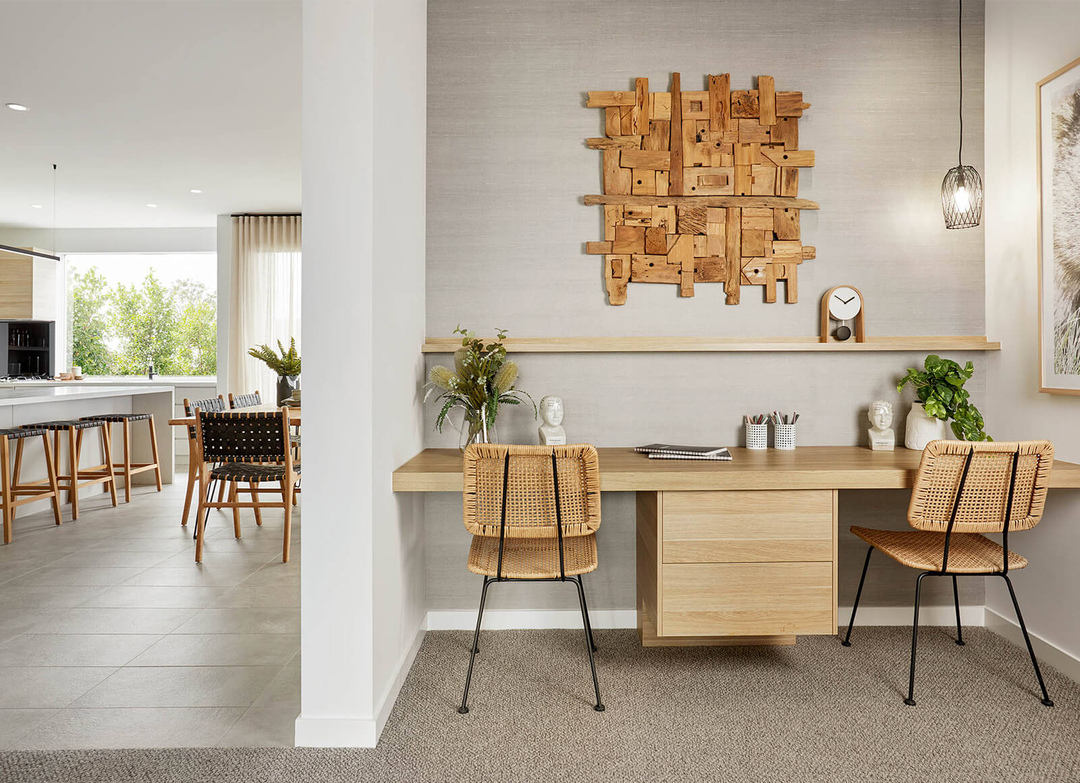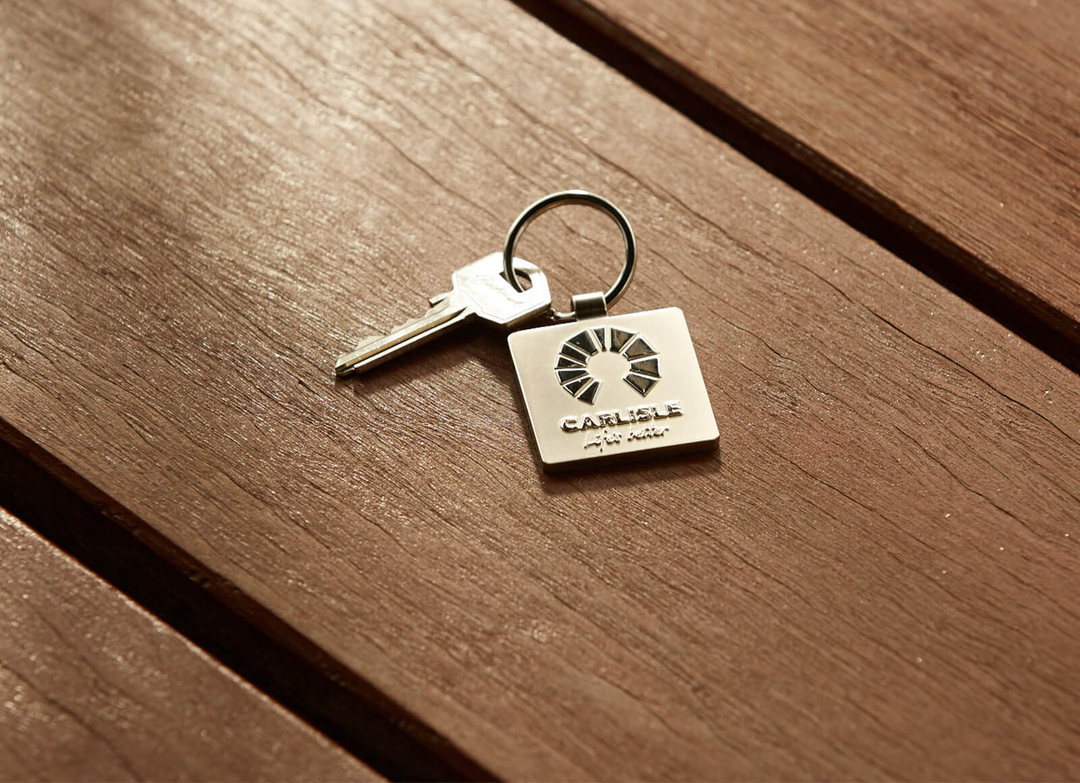Budgeting to Buy a Home? Make Sure You Understand Stamp Duty
by Carlisle Homes

Learn how first home buyers can take advantage of reductions, or even exemptions from paying stamp duty.
If you’re eligible to pay it, stamp duty could add a significant chunk to your upfront costs. It’s important to understand what it is and how it is calculated. Here’s what you need to know about how stamp duty could affect you depending on your circumstances.
What is stamp duty?
Stamp duty is a tax levied by the Australian government when you buy real property, including residential land and housing. In Victoria, it is known as land transfer duty.
How much does stamp duty cost?
It is calculated as a percentage of the purchase price (or market value, if this is higher) as at the date of the contract.
This is a huge bonus for people building a new house. Stamp duty is calculated on the value of the land only. Accordingly, it’s a lot cheaper than if you were to buy an established house.
You can calculate your stamp duty amount using the State Revenue Office calculator here.

To be eligible for the first home buyer exemption or concession you must live in the home as your principal place of residence for at least a 12 month period, and that period must start in the year after you settle. Featured here: Rothwell at Eliston Estate, Clyde.
Who has to pay stamp duty?
Stamp duty is paid by the buyer, not the seller. However, if you’re a first home buyer, you may not have to pay stamp duty at all. There are several exceptions and concessions available depending on your circumstances.
First home buyer exemptions and concessions
If you signed the contract of sale on or after 1 July 2017, you may be eligible for the first home buyer exemption or concession.
You must live in the home as your principal place of residence for at least a 12 month period, and that period must start in the year after you settle. You can’t claim the exemption for a holiday home or investment property.
To be eligible, you must meet the following criteria:
- None of the purchasers of the property have owned residential property in Australia prior to 1 July 2000
- None of the purchasers have lived in residential property that they own for more than six months after 1 July 2000
- None of the purchasers have received the First Home Owners Grant in Australia
- At least one purchaser is an Australian citizen or permanent resident (or will be at settlement or on completion of the build)
And:
- The home has a dutiable value of $600,000 or less (for the first home buyer exemption); or
- The home has a dutiable value of between $600,001 and $750,000 (for the first home buyer concession)
How much is the concession worth?
The concession you may be eligible for applies on a sliding scale. The closer your dutiable value is to $600,001, the greater the concession will be. Read more about how concessions work here.
What if I’m not eligible?
If you are not entitled to the exemption or concession, you may still be entitled to a duty reduction of 50% duty. This applies where:
- You sign the contract between 25 November 2020 and 1 July 2021; and
- The dutiable value is $1 million or less.

Off-the-plan concessions reduce dutiable value
Usually, the dutiable value is the contract price. Whatever you’ve agreed to pay for the house is the amount your stamp duty will be calculated on.
However, when you buy off-the-plan, your dutiable value attracts an off-the-plan concession.
This is available to eligible buyers who are buying both land and a building to be constructed, as in a house-and-land package, as well as a lot within a development. Learn more about how you can save with a house and land package here.
The concession reduces the value of the property by the costs of the construction. Effectively, this means that the dutiable value will be the cost of the land.
For example, you sign a contract to buy a house-and-land package for $800,000. This is above the threshold for the first home buyer stamp duty exemption. Your vendor advises that $420,000 of the contract price will be spent constructing the home. Applying the off-the-plan concession gives you a dutiable value of $380,000 ($800,000 - $420,000). You are now entitled to the first home buyer exemption and do not have to pay stamp duty.
The vendor can use one of two methods to calculate the amount of the concession. They then advise your solicitor or conveyancer, usually about six months before settlement, so that you can apply for the concession.
When is stamp duty due?
If you are required to pay stamp duty, it is due within 30 days of the property being transferred. This is usually the date of settlement. However, with the advent of e-conveyancing, stamp duty is usually paid as part of the settlement process.

Stamp duty must be paid within 30 days of the property being transferred – which is usually the date of settlement.
If you’re deciding on a house and land package with Carlisle Homes, we can advise you what the construction cost is likely to be so that you can budget with confidence. You can see our great selection of fixed-price house and land packages here
